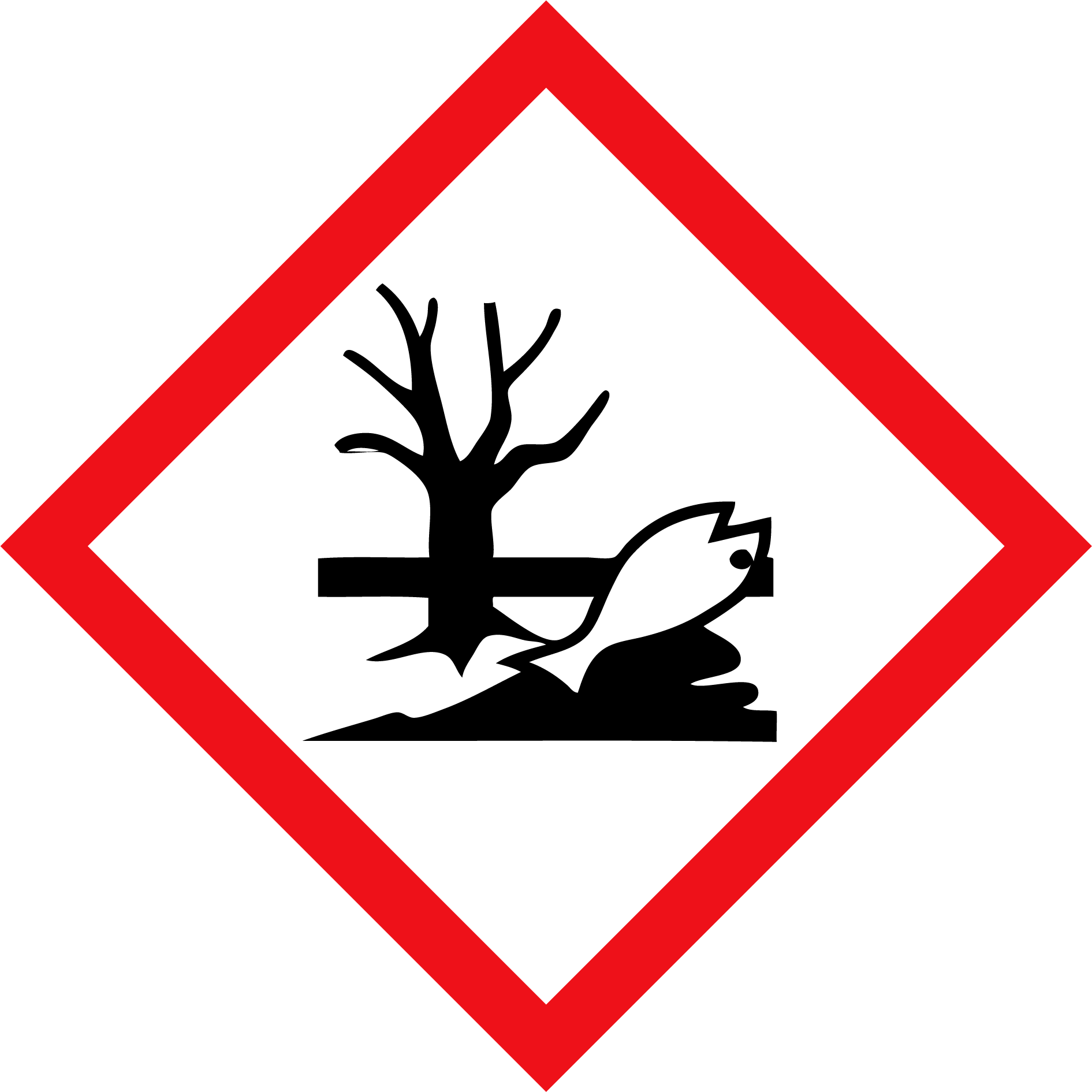When you’re on the job, you’ll work with a variety of different products. Some of these products are potentially harmful. That’s why WHMIS has a series of symbols called Pictograms designed to communicate any potential dangers certain products might have. There are 10 Pictograms as of WHMIS 2015. WHMIS only had eight pictograms upon its debut in 1988.
The 2015 update of WHMIS results from the Globally Harmonized System (GHS). GHS brought new standards for classifying hazardous products. As a result, WHMIS 2015’s pictograms differ from the original pictograms from WHMIS 1988. Notably, WHMIS 2015 introduced four new pictograms. Next, the 2015 update dropped two of the original eight pictograms from WHMIS 1988. On this page, we’ll explore the pictograms and what each one represents.

Flame
This pictogram warns you of anything flammable, be it gases, aerosols, liquids, or solids. Products with this pictogram can ignite by a spark, static discharge, or even a hot surface.

Flame Over Circle
This is for materials that oxidize. Oxidizing gases, solids, or liquids will intensify an existing fire or cause non-flammable materials to catch fire.

Gas Cylinders
Cylinders storing compressed gas, liquefied gas, refrigerated liquefied gas, or dissolved gas can be dangerous. The cylinders will explode under heat. A rupture can cause these pressurized cylinders to rocket away in any direction.

Corrosion
Here, the element warned against is the possibility of corrosive damage. Not only can this affect the skin and eyes, but also your workspace. Some corrosive products can damage aluminum and steel, creating an unsafe environment.

Exploding Bomb
Bombs themselves are not on the WHMIS list of controlled products. The Explosives Act handles all manufactured explosives. The Exploding Bomb pictogram is a warning that the materials in question are reactive and may explode under the right circumstances. This pictogram is a new addition care of the 2015 WHMIS update.

Skull and Crossbones
Here, we deal with toxicity, which is the level of a substance that can damage a life form. Toxicity or even death can result from exposure to products affixed with this pictogram. Acute toxicity can be the result of oral exposure, dermal exposure, and inhalation.

Environment
Here is another addition from the WHMIS 2015 update. Specifically, this pictogram regards a product that could cause damage to the aquatic environment. Use is optional in Canada.

Health Hazard
The Health Hazard pictogram is also an addition to the updated 2015 WHMIS. It appears on any product that may cause serious health effects. The hazards fall into these categories: Respiratory or skin sensitization, Germ cell mutagenicity, Carcinogenicity, Reproductive Toxicity, Specific Target Organ Toxicity – Single exposure, Specific Target Organ Toxicity – Repeated exposure, Aspiration hazard

Exclamation Mark
This symbol means there are less severe health effects from exposure including eye irritation, skin allergy reactions, inflammation and coughing. It can also be used to identify products that are harmful to the ozone layer.

Biohazard
This pictogram warns of infectious biological materials. Think bacteria, viruses, and parasites. These infectious materials can cause disease or long-term harm to people or animals.
Need Help With WHMIS Training?
Our team of safety experts are ready to assist you with training, consulting, and compliance solutions tailored to your needs.
